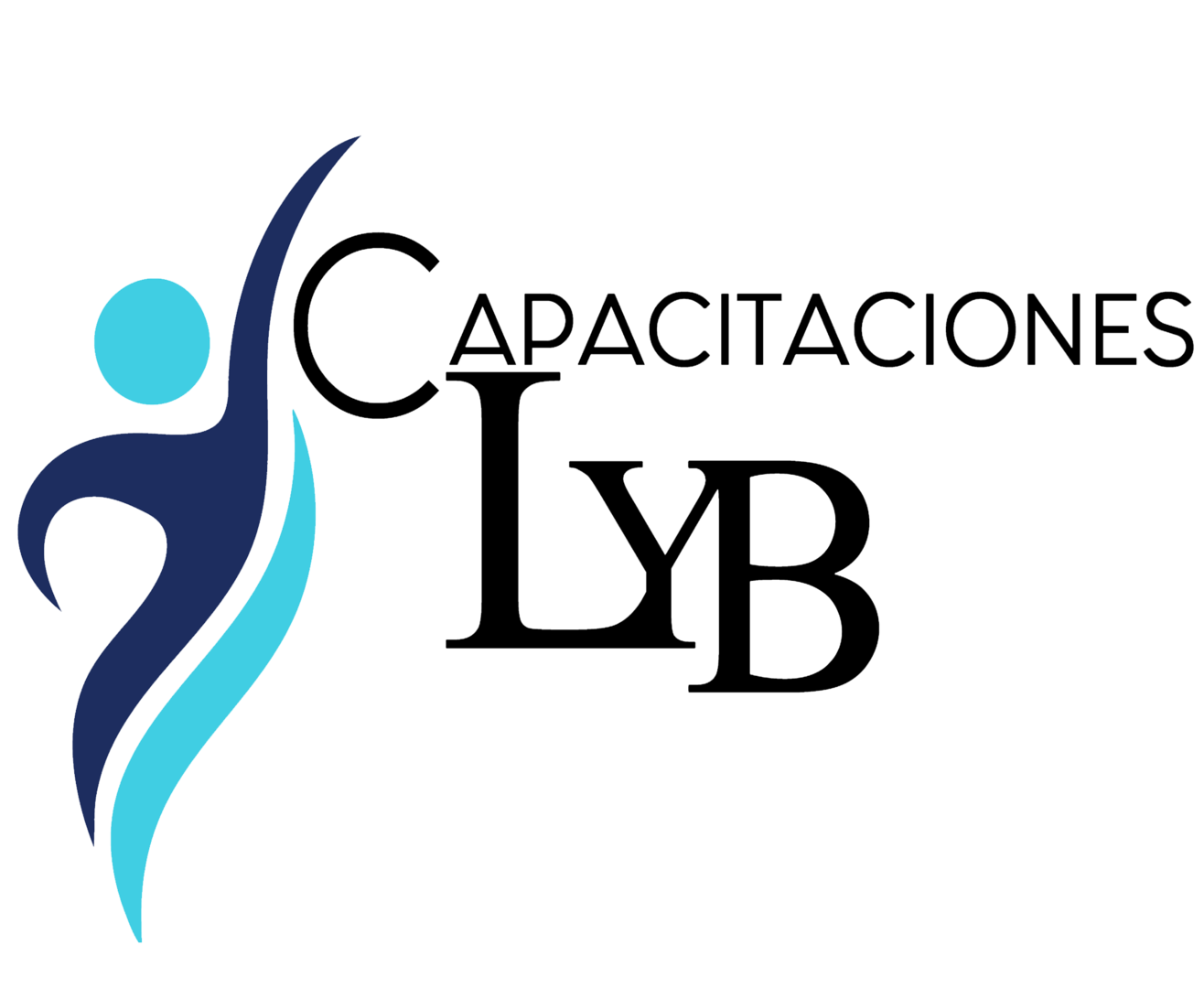Understanding and Managing Materials Price Variance in Cost Accounting
The materials price variance is the difference between the actual and budgeted cost to acquire materials, multiplied by the total number of units purchased. The variance is used to spot instances in which a business may be overpaying for raw materials and components. Understanding this variance helps businesses identify inefficiencies in purchasing and informs better budgeting and supplier negotiations.
A Closer Look at Material Price and Usage Variance in Standard Costing
By understanding the dynamics of MPV in different industries, companies can better prepare for market fluctuations and maintain a strong financial position. The insights gleaned from these case studies not only inform best practices but also highlight the interconnectedness of global supply chains and the ripple effects of material cost changes. The valuation of stock on standard cost basis implies that the entire effect of any price variance is to what is retail accounting a guide to the retail method of accounting be accounted for in the current period.
- Therefore, the purchase cost of the entire quantity must be compared with the standard cost of the actual quantity.
- For example, a rush order is probably caused by an incorrect inventory record that is the responsibility of the warehouse manager.
- Calculate the direct material price variance if the standard price and actual unit price per unit of direct material are $4.00 and $4.10 respectively; and actual units of direct material used during the period are 1,200.
- Material Price Variance (MPV) is a critical financial metric that serves as a barometer for assessing the cost management efficiency of procurement activities within various industries.
- Direct Material Price Variance (DMPV) shows the amount by which the total cost of raw materials has deviated from the planned cost as a result of a price change over a period.
- Commodity markets for materials like metals or oil are subject to volatility driven by global supply and demand.
Account
- Explore the intricacies of materials price variance in cost accounting to enhance budget accuracy and financial reporting.
- These reports should be detailed and timely, allowing managers to quickly identify and address any discrepancies.
- Armed with this information, the procurement team works with the production and engineering departments to identify a suitable substitute material that can provide similar performance at a lower cost.
- Watch this video featuring a professor of accounting walking through the steps involved in calculating a material price variance and a material quantity variance to learn more.
The feasibility of bulk buying depends on storage capacity, cash flow, and predictable production needs. Conversely, failing to meet discount thresholds could lead to paying a higher unit price than planned, contributing to an unfavorable variance. Reliable suppliers who consistently deliver quality materials at agreed-upon prices help maintain stable production costs. Conversely, issues such as late deliveries, substandard materials, or unexpected price hikes can lead to variances. Building strong relationships with suppliers and regularly evaluating their performance can help businesses anticipate and address potential problems before they impact production.
The total price variance during January is $ 200 ($ 400 – $ 300 + $ 100), and it will impact the cost of goods sold in statement of profit and lose. Understanding these variances can provide businesses with insights into their purchasing practices, offering opportunities for strategic financial planning and decision-making. MPV is more than just a number on a financial report; it is a multifaceted indicator that requires cross-departmental collaboration to manage effectively. By understanding and analyzing MPV from various perspectives, companies can make informed decisions that protect and potentially enhance their profit margins.
Understanding Material Usage Variance
This represents an unfavorable variance, suggesting that the company needs to reassess its cost standards or supplier contracts. In a movie theater, management uses standards to determine if the proper amount of butter is being used on the popcorn. They train the employees to put two tablespoons of butter on each bag of popcorn, so total butter usage is based on the number of bags of popcorn sold. Therefore, if the theater sells 300 bags of popcorn with two tablespoons of butter on each, the total amount of butter that should be used is \(600\) tablespoons. Management can then compare the predicted use of \(600\) tablespoons of butter to the actual amount used.
Causes of the Materials Price Variance
Direct material price variance is the difference between what was actually spent on the raw materials purchased during a period and the standard cost that would apply if the materials were bought at the standard rate. To calculate the variance, we multiply the actual purchase volume by the standard and actual price difference. The incorporation of materials price variance into financial reports enhances the transparency and accuracy of a company’s financial health. Regular reporting of this variance in financial statements allows stakeholders to monitor the company’s cost management effectiveness and make informed decisions.
Material Price Variance (MPV) is a critical financial metric used in standard costing to measure the difference between the actual cost of materials and the standard cost that was expected or budgeted. This variance is essential for businesses to understand as it directly impacts profitability and provides insights into purchasing efficiency, price fluctuations, and cost control measures. When the actual price paid for materials is higher than the standard cost, the MPV is unfavorable, indicating a potential increase in production costs. Integrating Material Price Variance (MPV) analysis into business decisions is a strategic approach that allows companies to better understand the impact of fluctuating material costs on their overall financial performance. By dissecting the MPV, businesses can pinpoint the exact causes of variances between the actual costs of materials and the standard costs that were initially projected.
When the actual price paid for materials deviates from the standard cost, it can signal several things, such as changes in market prices, supplier negotiations, or inefficiencies in purchasing strategies. Businesses manufacturing products depend heavily on raw materials, making material costs a significant factor in profitability. The direct materials price variance is a tool companies use to monitor these costs, specifically measuring the difference between the actual price paid for materials and the expected, or standard, price. Material Price Variance (MPV) is a critical metric in standard costing that measures the difference between the actual cost of materials and the standard cost. The impact of MPV on profit margins can be profound, as it directly affects the cost of goods sold and, consequently, the profitability of a company.
Market conditions, geopolitical events, and changes in supply and demand can all cause fluctuations in material costs. For instance, a sudden increase in the price of steel due to international trade policies can lead to an unfavorable material price variance for manufacturers relying on this resource. Companies must stay informed about market trends and consider strategies such as hedging or long-term contracts to mitigate these risks.
Direct Material Yield Variance
It helps in identifying areas where cost control can be improved, where procurement processes can be optimized, and where market conditions may necessitate strategic adjustments. Understanding and managing MPV effectively is essential for maintaining a competitive edge and achieving financial stability in the dynamic world of business. Another element this company and others must consider is a direct materials quantity variance. The purchasing department and production manager need to do proper inspect all the material during delivery. The difference between the standard cost (AQ × SP) and the actual cost (AQ × AP) gives us the material price variance amount.
By using these variances as a starting point, companies can embark on a journey of optimization and cost reduction that spans multiple functional areas, from procurement and production to inventory management and product design. Seasonal fluctuations or bulk buying agreements can lead to variances that, while appearing unfavorable in the short term, may be beneficial over a longer period. This temporal perspective ensures that decisions are not made in haste, potentially disrupting well-planned procurement strategies that take into account cyclical cost changes.
With either of these formulas, the actual quantity used refers to the actual amount of materials used at the actual production output. The standard quantity is the expected amount of materials used at the actual production output. If there is no difference between the actual quantity used and the standard quantity, the outcome will be zero, and no variance exists.
This reduces both accounts by the appropriate amount, and clears the variance account balance. These plans may include setting aside reserves to cushion the impact of unfavorable variances or establishing flexible contracts with suppliers that allow for price adjustments in response to market changes. In a standard costing system, the direct materials price variance is recorded to reconcile the difference between actual spending and standard expectations for materials.



